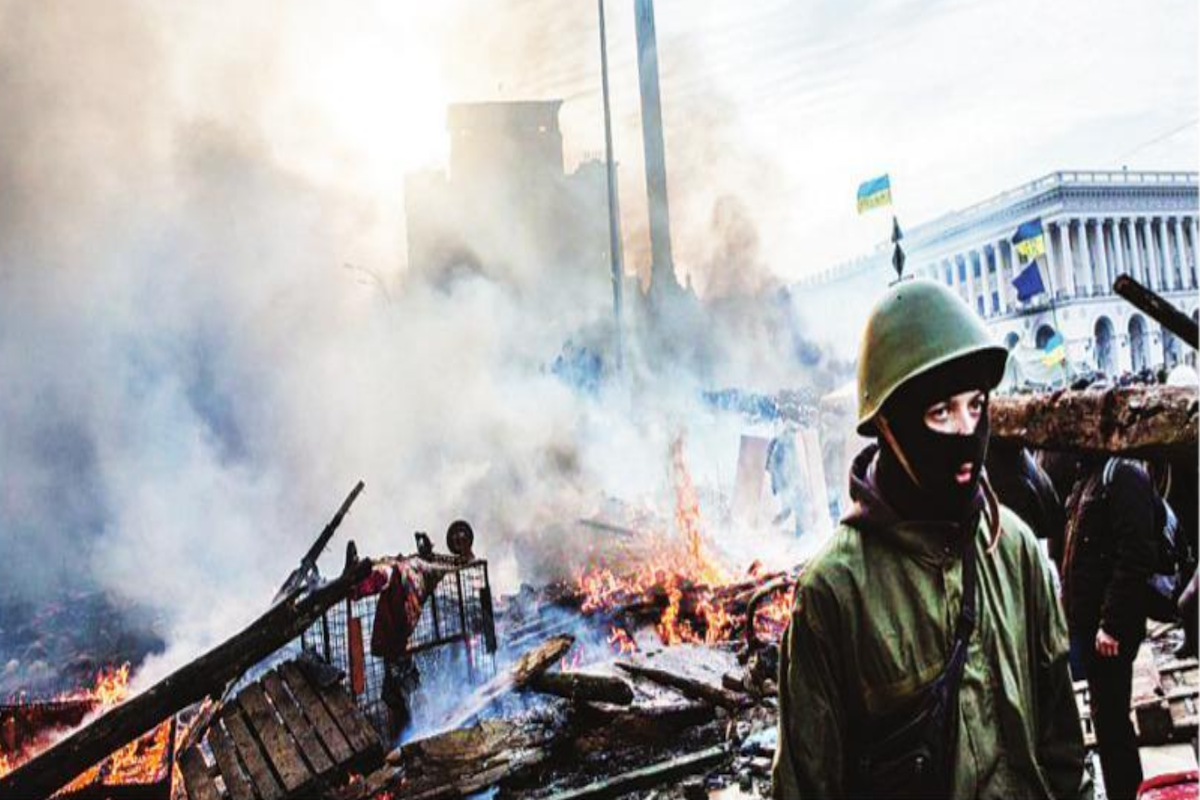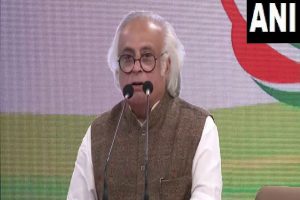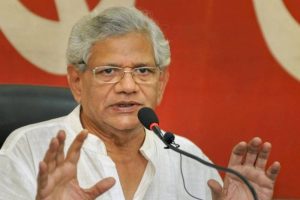As the Ukraine war grinds into its fourth month, members of the North Atlantic Treaty Organisation have by and large been on the same page in helping Kiev push back against Moscow ~ on the ground and diplomatically. It is, however, increasingly clear to the global strategic community that a negotiated settlement to the conflict between Russia and Ukraine at some point, whether it takes weeks or months, is now broadly accepted across Western capitals as the way the war will end, most likely with a whimper and not a bang. Experts are, against this backdrop, beginning to talk about a real concern which would emanate from this scenario: What happens when and if Ukraine and the United States of America/Nato differ on what constitutes an acceptable outcome to the war? As Marvin Kalb has written recently, Washington has begun gaming scenarios in which Ukraine demands a complete Russian withdrawal from the country, but the America-led West is willing to accept a partial withdrawal.
Former US Secretary of State Henry Kissinger’s recent intervention, in which he expressed the likelihood of the war widening if negotiations between Ukraine and Russia do not begin “in the next two months”, is being seen by many in Nato as a trial balloon. “Ideally”, Mr Kissinger said, negotiations should aim to restore an undefined “status quo ante.” Ukrainian President Volodymyr Zelenskyy hit back almost immediately, saying Mr Kissinger had “1938 on his calendar”, while a leading Ukrainian parliamentarian asserted it was “truly shameful” that the veteran US diplomat and power-broker could recommend “giving up a part of the sovereign territory of Ukraine as a way to peace.” Indeed, the Ukrainian political leadership is now talking openly of insisting in any peace talks that Russia withdraw to its February 2014, pre- Crimea annexation border with Ukraine and not the February 2022 de facto border from which Moscow launched its “special military operation”. If this becomes Kiev’s negotiating position, the concern in America and Europe, and therefore Nato, can well be imagined. Having backed and supported President Zelenskyy to a point where he has attained rockstar status among Western populations, Washington and its allies will find it difficult to be seen as undermining him. At the same time, the cost of sanctions against Russia is being felt by citizens of their own countries as spiking energy costs add to inflation worries on both sides of the Atlantic, and the desire to get embroiled directly in a war with a nuclear Russia is non-existent in the West. French President Emmanuel Macron has already put out a cautionary statement aimed at pre- venting the Ukrainians from taking a maximalist stance: “We must not humiliate Russia.” President Joe Biden, while continuing to insist that Washington has no intention of imposing negotiating terms on Kiev, has publicly made clear his desire for a “negotiated end to the conflict”. As if on cue, another Nato member-state, Italy, recently unveiled a four-point peace plan which if accepted would not end the war with victory against Russia but with a negotiated solution in which compromises will have to be made by Ukraine.











